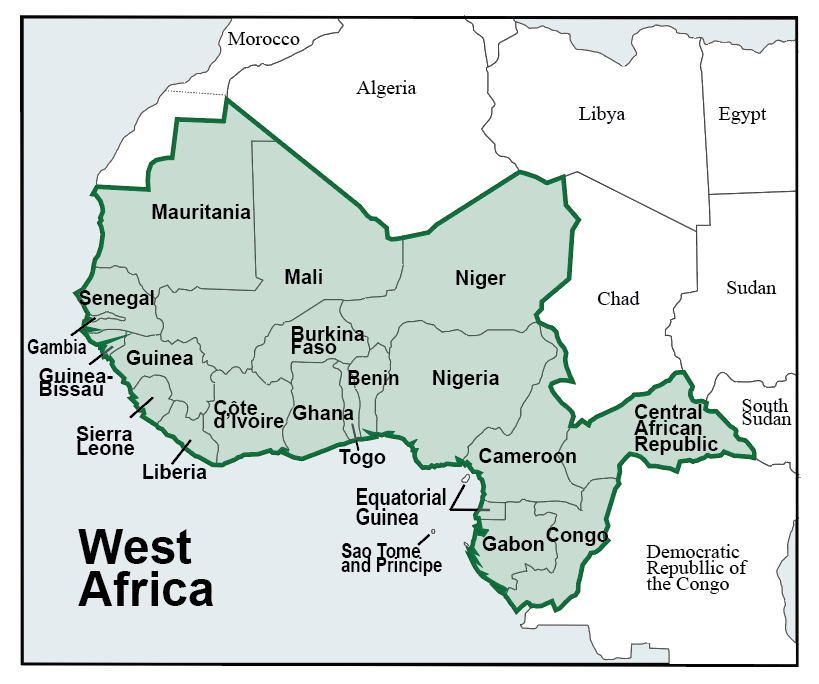Marburg Virus | 11 Aug 2021
Why in News
Recently, West Africa’s first case of the extremely contagious and deadly Marburg virus was confirmed in Guinea.
- Its first case was first identified just two months after the country was declared free of Ebola.
- Both the Marburg case and this year’s Ebola cases were detected in Guinea’s Gueckedou district.
- The first cases of the 2014-2016 Ebola epidemic, the largest in history, also were from the same region in Southeastern Guinea’s forest region.
Key Points
- About:
- Marburg virus disease is a highly virulent disease that causes haemorrhagic fever, it is carried by bats with a fatality ratio of up to 88%.
- It is in the same family as the virus that causes Ebola virus disease.
- Two large outbreaks that occurred simultaneously in Marburg and Frankfurt in Germany, and in Belgrade, Serbia, in 1967, led to the initial recognition of the disease.
- The outbreak was associated with laboratory work using African green monkeys (Cercopithecus aethiops) imported from Uganda.
- Subsequently, outbreaks and sporadic cases have been reported in Angola, Democratic Republic of the Congo, Kenya, South Africa and Uganda.
- There have been 12 major Marburg outbreaks since 1967, mostly in southern and eastern Africa.
- Human- Infection:
- Human infection with Marburg virus disease initially results from prolonged exposure to mines or caves inhabited by Rousettus bat colonies.
- Rousettus is a genus of Old World fruit bats or megabats. They are sometimes referred to as dog-faced fruit bats, or flying foxes.
- Human infection with Marburg virus disease initially results from prolonged exposure to mines or caves inhabited by Rousettus bat colonies.
- Transmission:
- Once an individual is infected with the virus, Marburg can spread through human-to-human transmission via direct contact (through broken skin or mucous membranes) with the blood, secretions, organs or other bodily fluids of infected people, and with surfaces and materials (e.g. bedding, clothing) contaminated with these fluids.
- Symptoms:
- Headache, vomiting blood, muscle pains and bleeding through various orifices.
- Symptoms become increasingly severe and can include jaundice, inflammation of the pancreas, severe weight loss, liver failure, massive hemorrhaging, and multi-organ dysfunction.
- Diagnosis:
- Since many of the disease's symptoms are similar to those of malaria and typhoid fever, making a diagnosis is difficult.
- However, Polymerase Chain Reaction (PCR) and Enzyme-Linked Immunosorbent Assay (ELISA) testing can be used to confirm a case.
- Treatment:
- There is no specific treatment or approved vaccine for Marburg hemorrhagic fever. Supportive hospital therapy should be utilized.
- Supportive hospital therapy includes balancing the patient's fluids and electrolytes, maintaining oxygen status and blood pressure, replacing lost blood and clotting factors, and treatment for any complicating infections.

